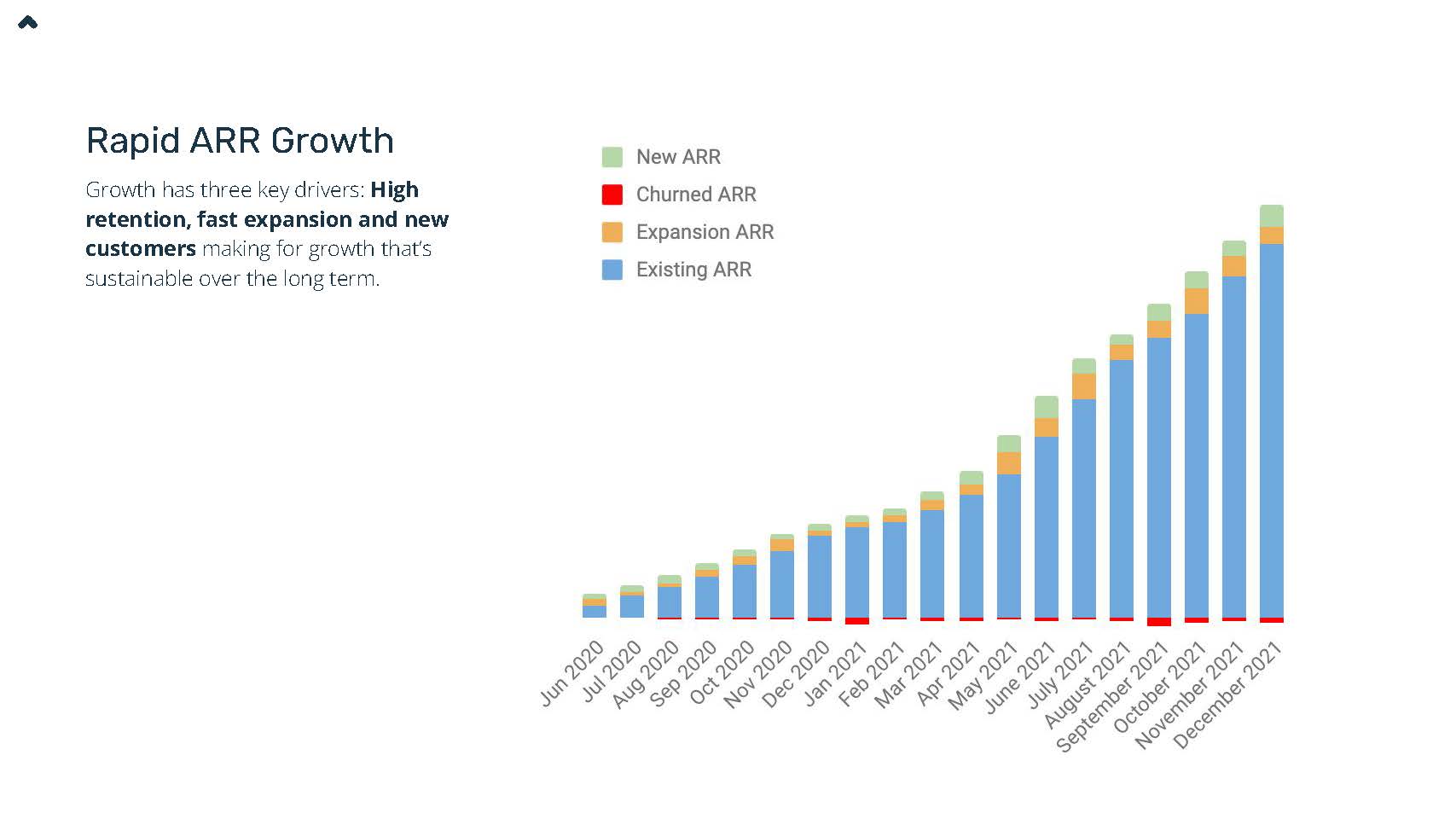
The post Cost-Effective dApp Scaling: Choosing the Right Path appeared first on Coinpedia Fintech News
In the decentralized infrastructure space, there is a constant struggle to manage a “Goldilocks” type balance: secure but flexible, customizable but fast and cheap… essentially, controlling all the exciting elements while allowing someone else to handle the boring (but critical) pieces. What we have found is that when creating a dApp environment, many of these elements are correlated, and when we pull on one lever, it can affect another in ways we don’t want it to. In the original dApps, the infrastructure was not well suited for an application that might need to be fast, pass along significant information, or share liquidity with other applications on the chain.
The structures that allow us to make full use of dApps have evolved over time, with strong innovations entering the spotlight as they make a case for the best dApp ecosystem. The strongest contenders for this structure have been the Layer2, which can host a number of dApps with high efficiency and roll up to a Layer1 chain; or an Appchain, which acts as a speciality chain for one or more dApps that have similar needs, being tailored to optimize performance. Each has advantages, but because of the correlated levers mentioned above, there are also disadvantages.
While the Layer2 has a number of benefits overall, the Appchain seems to be the better choice as an ecosystem for dApps. However, blockchain infrastructure company Supra has developed yet another option that claims to outperform the AppChain while minimizing its limitations. Called “Supra Containers”, these constructs sit within a Layer1 and are designed to create a customizable environment while still tying in the necessary elements of the L1 infrastructure. Which structure is better for dApps? Let’s dive in and find out.
AppChains: Purpose-Built Blockchains
An AppChain, or application-specific blockchain, is a full-up blockchain but is tailored to fit the specific needs of the dApp or dApp ecosystem it carries. This allows it to maintain the efficiencies needed for key infrastructure requirements such as performance, security, and even governance. Because it is essentially a customized blockchain, it obviously has a sky-is-the-limit approach to what you could modify to fit your needs. The key selling points of building an AppChain are customization and independence.
The flexibility of options allows AppChains to take many different forms. Some chains are designed for a single, extensive dApp, while others are built for a set of dApps that work together as an ecosystem, all taking advantage of the chain’s particular tweaks in design for speed, cost, and the type of tokenization and governance established. Other AppChains are designed not as decentralized public-facing organizations, but rather as corporate structures used by companies for efficient and secure information-sharing platforms. The blockchain attributes are utilized for immutability, proof of transfer, and help to place data on-chain for others with access to see. This is a very different structure within the AppChain compared to a public AppChain built for a dApp ecosystem, but the basic building blocks of the AppChain are the same. This speaks to its extreme flexibility.
On the downside, the flexibility isn’t free. In fact, it is far from cheap. Building a customized blockchain is as involved and complex as it sounds, with a significant amount of development involved. You are able to choose all the options, yes, but you also have to build them. For those with the resources to do so and the need for exacting standards, this is perfect, but it can be taxing for development teams with limited resources and limited skill sets. Flawed development of security measures, smart contracts, and tokenomics could create dangerous vulnerabilities in the chain, so additional resources must be spent at a minimum on extensive audits, and more likely on bringing in specialists where the team has knowledge gaps.
Supra Containers: A Mini-Verse On Level 1
The Supra Container is an interesting evolution that seems to have taken aspects of the Layer2 rollups, the AppChain, and has put them together in a way that protects against the biggest complaints of each. In Layer2 solutions, there can be significant benefits through using the Layer1 security, tokenization, consensus, etc. This could potentially allow a development team to focus their efforts on the value-added pieces they want to build. The problem, however, is composability and fractured liquidity, where the Layer2 solution loses the ability to reach out into the main chain for liquidity, but must provide its own. This can be the death of a growing ecosystem and is difficult even for many larger platforms. While the AppChain works through some of this, the maintenance and infrastructure development costs are quite heavy.
This is where the Supra Container lives, in an interesting spot between the two. The container itself is an isolated construct located on the Supra Layer1. Because of this, it is able to share liquidity across the greater mainnet, and can reach out through VMs to other chains as well. However, because it is isolated, it does not have to be tied to the Layer1 infrastructure; it can customize its compute space, governance, and can develop its own tokenomics. At the same time, the container doesn’t have to build the rest of the infrastructure from scratch, as it can access the Layer1 oracle, bridge, security, verifiable randomness, and other cross-chain operations. dApps can build up within a container, but can also create entire dApp ecosystems within a single container, building up a specialized area of the larger Web3 industry.
Conclusion: Who Wins?
So based on that, who is the winner here? At first glance, the Supra Containers have a lot to offer, and that is by design. They have the advantage of learning from AppChains and Layer2’s, and developing the best of both where possible. This will fit the needs of many development teams, especially those who are small to medium or want to focus solely on building their core value-added features. That said, AddChains aren’t completely obsolete. In those cases where you need full customization for your solution—and have the resources to make it happen—an AppChain can allow you to perfectly fine-tune. In any case, dApp scaling is becoming more and more feasible for development teams of all sizes and skill levels as new solutions evolve, building out Web3 for a wider audience.

 1 month ago
15
1 month ago
15














 English (US) ·
English (US) ·